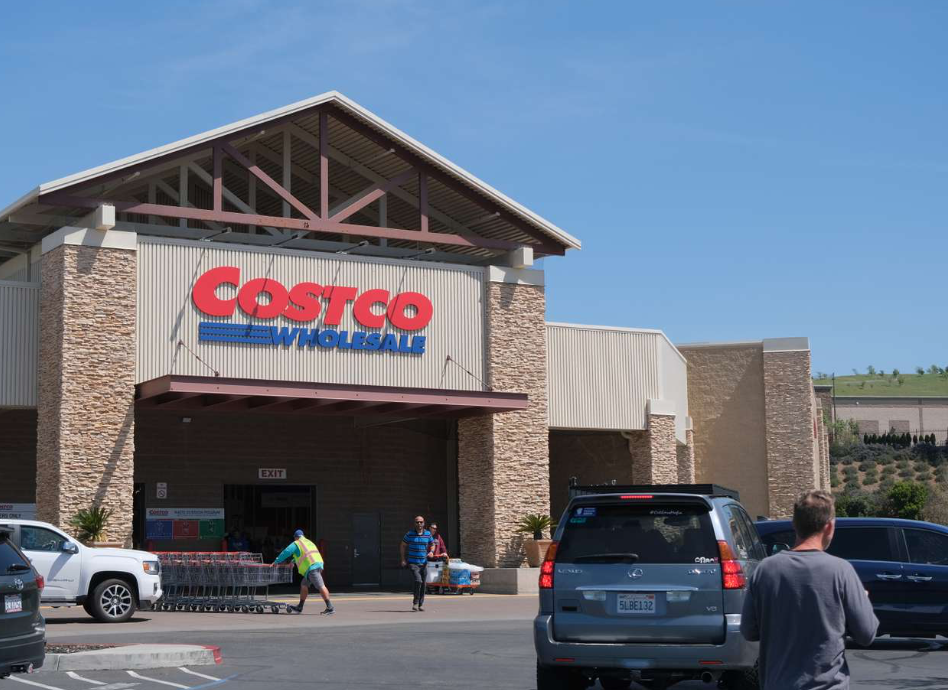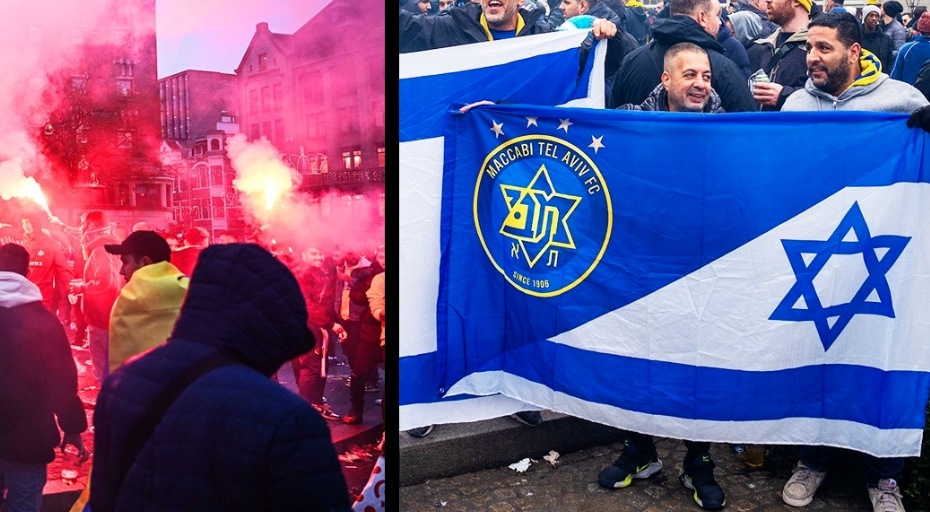In a stunning Election Night sweep, President-elect Donald Trump defied the odds and clinched Pennsylvania with a wave of support that surprised political insiders on both sides of the aisle. While every campaign has its twists, this cycle’s surprise came from none other than Pennsylvania’s famously reserved Amish community. Known for avoiding modern luxuries like TVs and phones, this conservative Christian group turned out in droves for Trump, reportedly pushed to the polls after a government raid on a local Amish farm sparked outrage among the tight-knit community.
The raid in question happened at Amos Miller’s farm, a popular raw milk supplier for the Amish. In January, Pennsylvania’s Department of Agriculture stormed the farm, seizing unpasteurized dairy products and citing safety concerns after reports of illness. But to the Amish, this was more than just a crackdown—it felt like an assault on their way of life. So, in a rare move, Amish voters registered and headed to the polls, many for the first time, determined to support the candidate they believed would protect their freedoms.
Trump’s son, Donald Trump Jr., voiced the frustration many felt about the raid, tweeting that it’s a shame law enforcement spent resources on raiding a small farm instead of targeting “elite pedophile rings.” The outrage helped drive a newfound political engagement in the Amish community, with conservative activist Scott Presler stepping up to mobilize these first-time voters. Presler, known for grassroots work, connected with the Amish by focusing on religious freedoms, agricultural rights, and a respect for traditional values—a recipe for turning out the vote that clearly paid off.
The Amish in Pennsylvania were huge in the presidential election.
In 2020, 3000 voted.
In 2024, a reported 80,000 out of 92,000 qualified voters voted.
Trump won PA by 150,000 votes.
I’ll never laugh at or make another Amish joke again. pic.twitter.com/l1rHvrYBJa
— 💯 Cary Kelly 💯 (@CaryKelly11) November 6, 2024
Beyond the Amish, Trump’s appeal also surged with other key demographics. Working-class voters—Trump’s bread and butter in 2016—rallied behind him again, with new momentum from both Black and Latino voters. Trump expanded his base to include Black men, doubling his support in some states, and raised his support among Latinos by six points, according to early exit polls. The strongest show of support came from young men and non-college-educated voters who had voted Democrat in 2020 but flipped to Trump this time around. The president-elect pulled out all the stops, connecting with this younger crowd through appearances at mixed martial arts events, car races, and even popular podcasts, taking cues from his 18-year-old son, Barron.
Trump’s ability to court a broader coalition left Kamala Harris in a bind. Exit polls indicated she performed worse among key Democratic bases than Biden did in 2020. Despite focusing on issues like abortion and climate change, Harris saw limited traction among working-class and Latino voters, and her strategy to secure women’s votes didn’t deliver the margins she needed. While Harris did carry 18- to 29-year-old women, the same demographic of young men swung sharply toward Trump, showing a clear gender divide among the youth vote.
You know it’s serious when the Amish get involved.❤️🇺🇸 pic.twitter.com/5PBTD6s4dF
— azure 🇺🇸 (@azury1455181) November 5, 2024
Trump’s coalition-building across various voter groups wasn’t just about reclaiming past supporters; it expanded the GOP base in unexpected ways, signaling a new chapter for the Republican Party and a warning shot to Democrats who may have taken these groups for granted. The red wave wasn’t limited to the Electoral College. Trump won both the popular vote and electoral votes, with numbers not seen by a Republican candidate since George W. Bush.
🚨 ELON MUSK: “We paid significant attention to the Amish community. There was government overreach with the Amish farmers. They were upset, so we made sure they got out to vote.” 👨🌾 pic.twitter.com/aKL8LQ5m8C
— Autism Capital 🧩 (@AutismCapital) November 6, 2024
With Trump back in the White House, he’s poised to enact a vision that his supporters believe will get America back on track. His victory wasn’t just a nod to his policies; it was a rebuke of the Biden administration’s priorities. From the Amish farmer hauling a “Pray for God’s Mercy” sign behind his horse-drawn buggy to young voters cheering at MMA fights, the message was clear: Americans are looking for real solutions, and they believe Trump’s the man to deliver.



